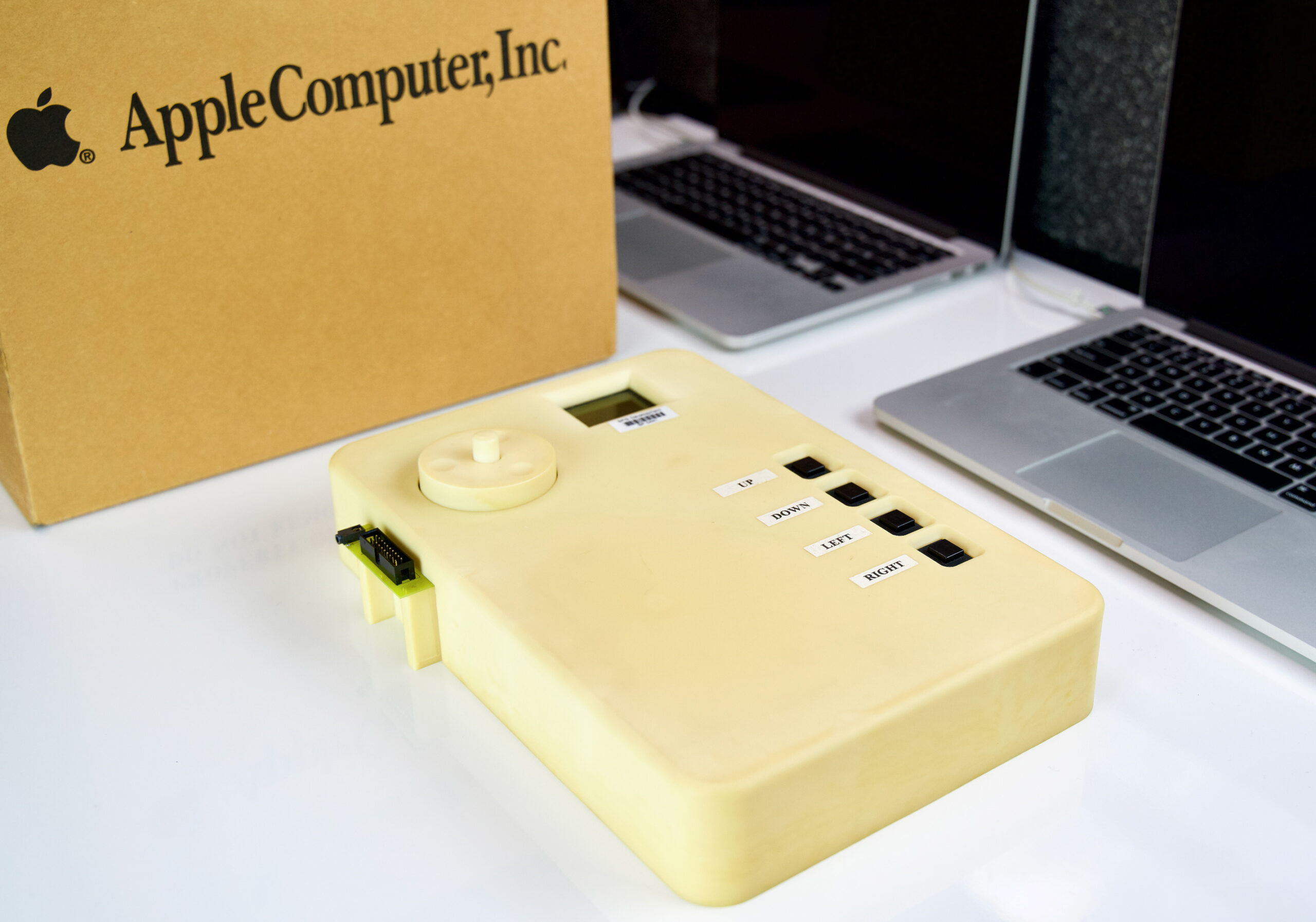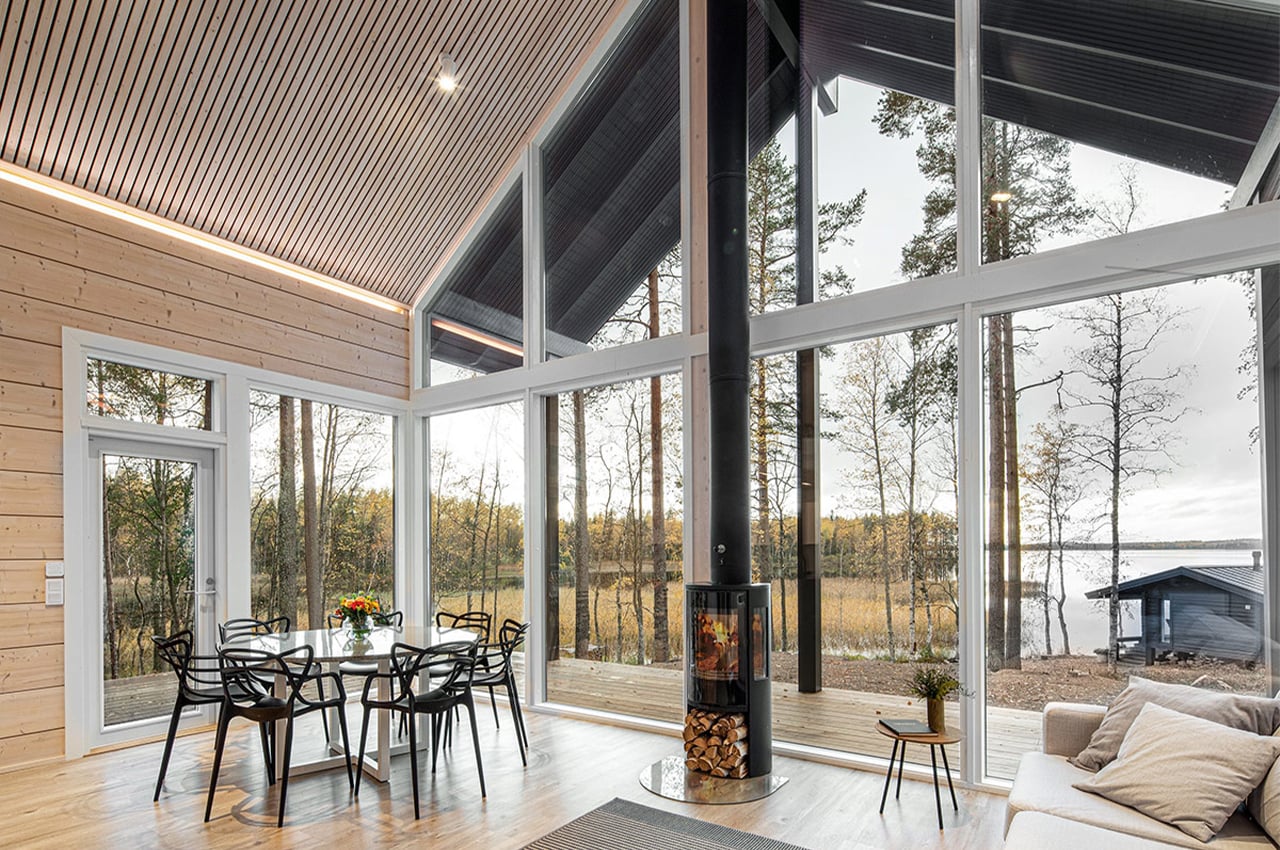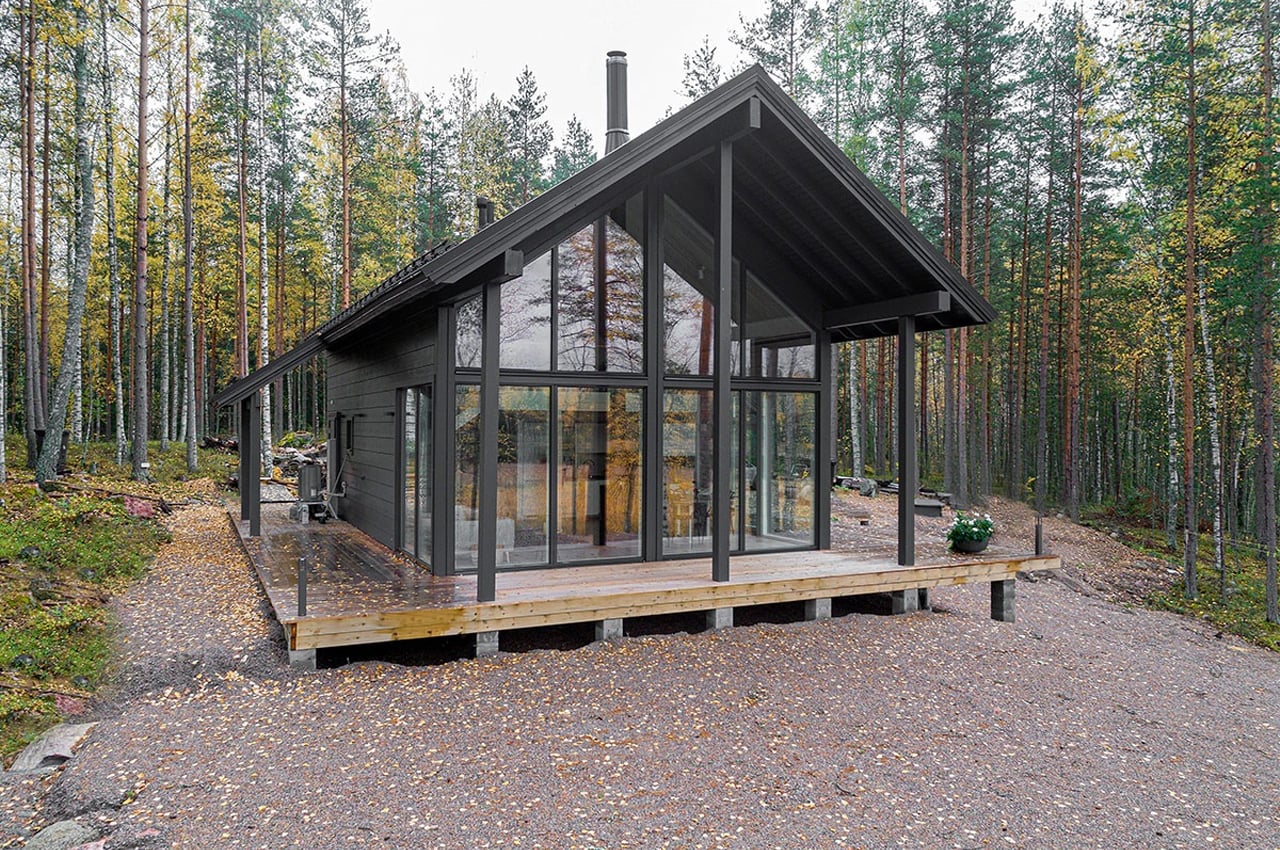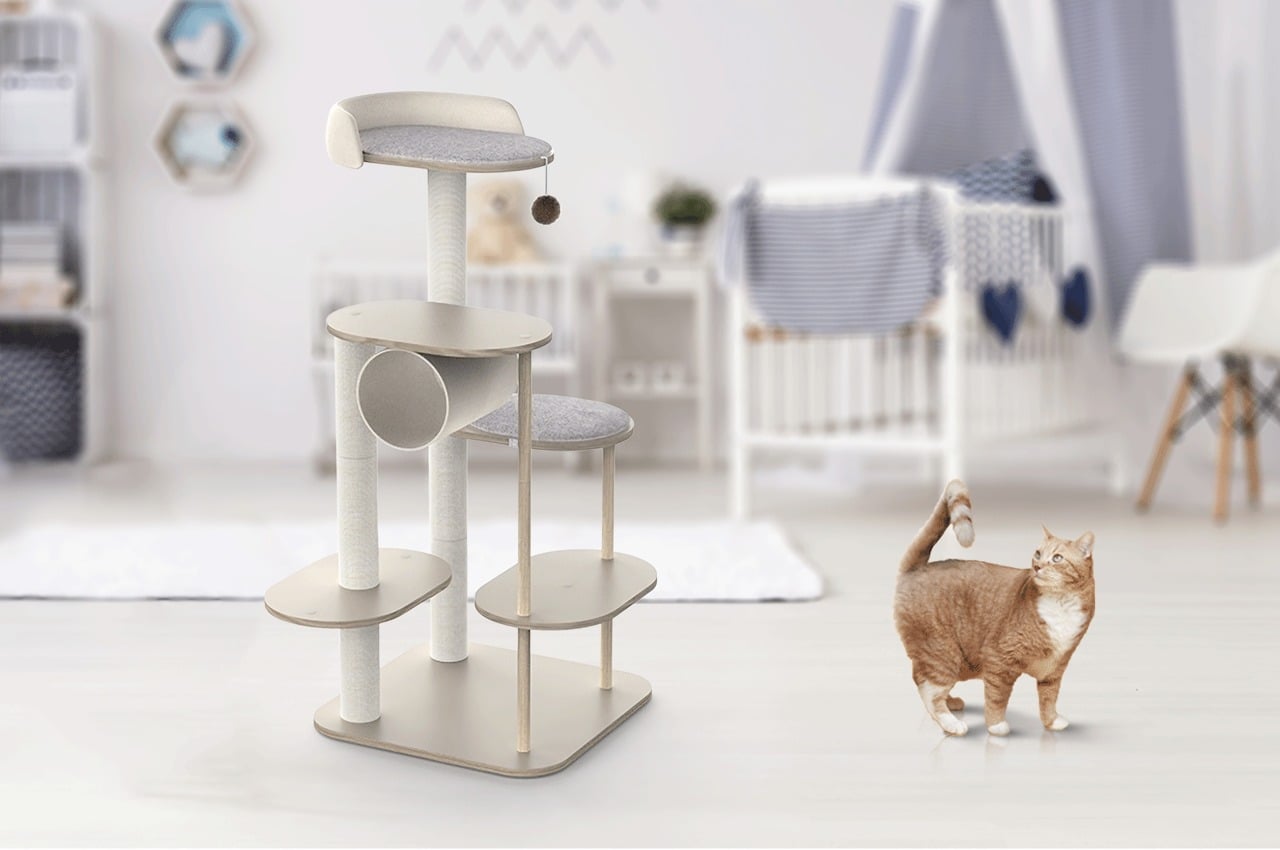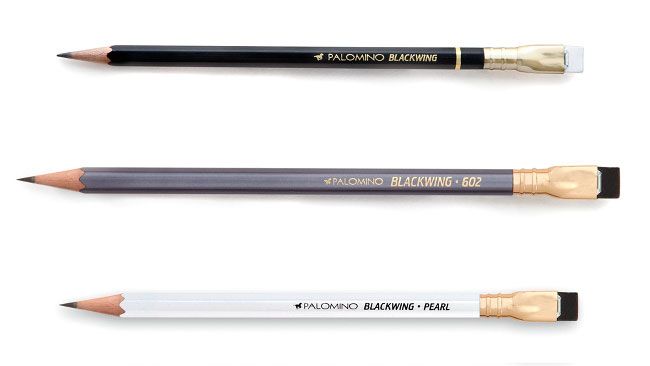Happy holidays to you! It’s hard to believe we are almost at the end of the 2021. It’s also hard to believe at times that we are still in the midst of a pandemic, but we are. Let me reflect on that and more in my latest and relatively short blog newsletter for you.
Pandemic: The big pandemic news this month has been the rise of the new variant: Omicron. It’s all very new, as this shows: WHO discusses new COVID-19 variant with unusual mutations. As I write this there is still much happening to determine its impact.
Even before the new variant, there were problems. Another Ontario region had reinstated some lockdown restrictions amid surge in cases this month. I don’t know why, other than the cold weather has more people inside and that leads to more cases, perhaps.
To prevent this, people like me have been getting boosters. If you can, get yours too. Lots of young people have been getting their first shots. When I got mine on Saturday, there were lots of old people like me and lots of kids with their parents.
While there is still so much to be done to vaccine all of the world, people are working hard to do so, as this story shows: Drones Ferry Pfizer as Precious Deep-Frozen Vaccine to Africa’s Remote Villages.
Meanwhile, there are people in rich countries refusing to get vaccines, like the Chicago police. Fortunately when push came to shove, most people accepted vaccine mandates and got their shots, although some quit. At this point I have zero tolerance for hold outs.
Workwise, The Great Resignation is still ongoing, at least in the US. It will have big ramifications for business going into the new year (and already has is 2021.) Speaking of that, I suspect we will not be going into the office for at least until the first quarter of 2022. Indeed, nearly 80% of downtown Toronto office employees are still working from home . I can’t see that percentage dropping much.
As for me and my work, I am still engaged on this: Alberta launches app to read COVID-19 vaccination QR code. It’s good.
This story struck me: Cape Breton woman says CERB will most likely make her bankrupt . I can’t say why she applied for CERB when she was not eligible. I can say the government should not be so harsh in how it claws back the money. The pandemic is hard enough: impoverishing people is not a good way to fix things.
That’s the reality of the pandemic. In fantasy news, Royal Caribbean is offering a 9-month-long ‘World Cruise’ visiting 150 destinations . I think you need your head examined if you signed up for such a thing. Likewise, this call for a New Public Spirit in the US after the failures of the pandemic sounds nice and dreamy and won’t happen.
In other economic news, there are still shortages these days due to the pandemic and the supply chain problems it caused. For example, Ikea won’t be selling Christmas trees in Toronto this year due to shortage . My favorite example of this though is a Santa shortage! Despite all that, I believe the supply chain issues will clear up fairly soon.
Non pandemic: I thought this was a good summary of the bizarre age we live in: The Golden Age of Grift . I think such grift happens in any era when there is an abundance of capital and a spirit that compels people to capture it. In such an era you get things like this happening: A one-ton tungsten cube was just bought by a crypto cabal for $250 000 . And you get decadence like this socially, as well as a desire to punish it: Chrissy Teigen Is Catching A Lot Of Heat For Hosting A Lavish “Squid Game”-Themed Party. Maybe this decade is going to be more like the Roaring Twenties of the 20th century than I thought.
Finally: this video mocking the Metaverse and Mark Zuckerberg made the rounds this month and it was excellent: Introducing the Icelandverse
Last word: I hope the holidays are good to you. If you need help during this time, I wrote a number of posts on Christmas over the years. I think they are hood and helpful. You can find them here.









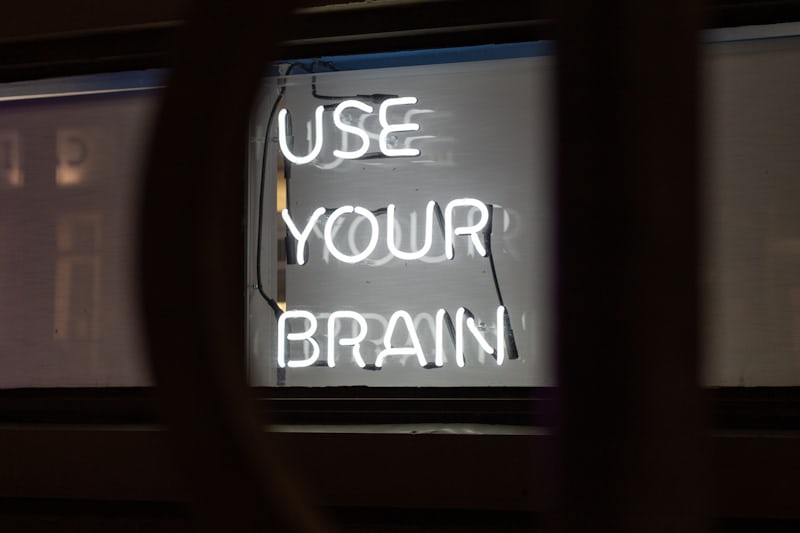











 Mark Dymond, a senior leader in my part of IBM, has put together
Mark Dymond, a senior leader in my part of IBM, has put together :format(webp)/cdn.vox-cdn.com/uploads/chorus_asset/file/22512190/npatel_20210512_4552_0069sq.jpg)




